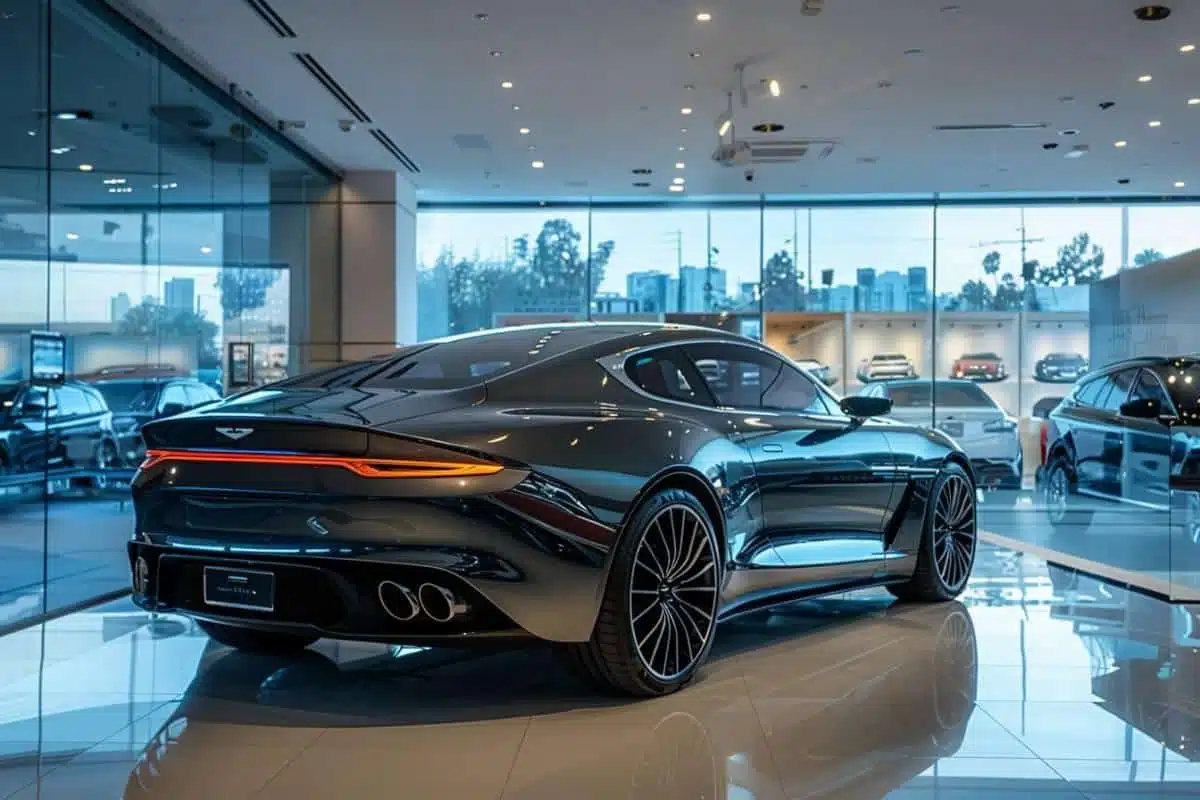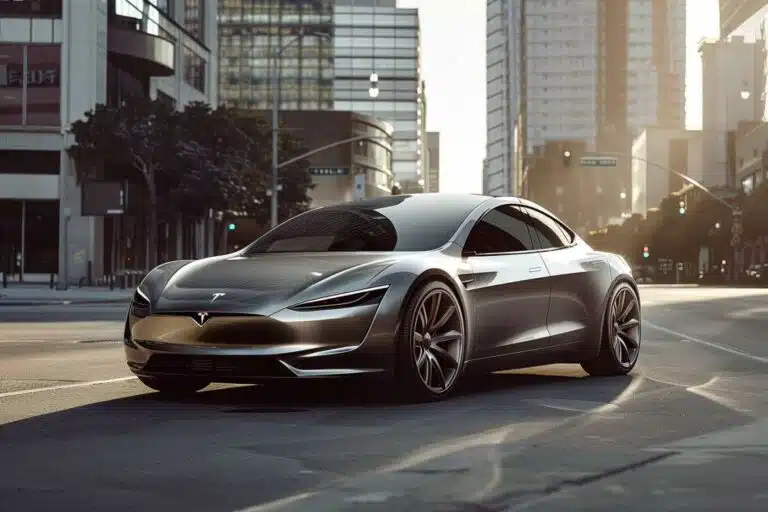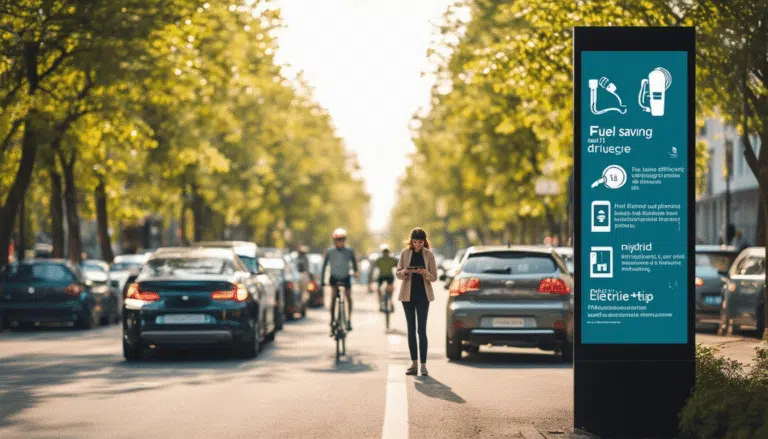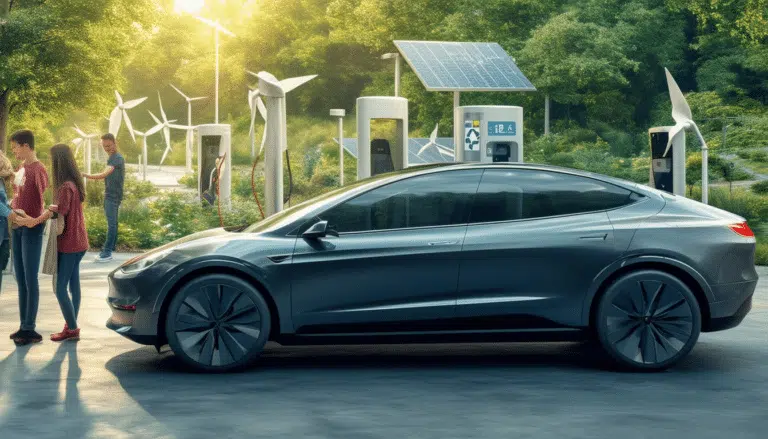Los consumidores aún dudan en comprar autos nuevos a pesar del mercado en mejora

In the dynamic world of automobiles, changes are constant. However, despite improvements in the market, consumers still have reservations when it comes to purchasing new cars. It is crucial to explore the causes of this distrust, as well as analyze current trends and statistics to better understand the landscape.
New car market: current trends and statistics
The new car market has experienced a series of fluctuations in recent years. In general, data indicates a slight recovery after the significant decline caused by the COVID-19 pandemic. However, several trends and statistical data show that consumers remain cautious when buying new cars.
Recent studies point to several factors influencing consumer indecision. The economic uncertainty, the high costs of new vehicles, and distrust in new technologies are predominant aspects. While some opt for more economical used vehicles, others prefer to wait for future models with better technologies or more affordable prices.
Economic factors
Unfortunately, the global economy remains a significant factor in consumers’ decision-making. Inflation, fluctuations in purchasing power, and financing costs are significant barriers. According to data from the last quarter, more than 40% of consumers cite the economic factor as a main reason for postponing the purchase of a new vehicle.
Additionally, increases in fuel prices affect consumers, who seek more efficient and less costly alternatives in the long term. Expectations of a possible decline in prices, thanks to advancements in new technologies in the world of automobiles, keep many potential buyers in a state of waiting.
Impact of new technologies on the purchasing decision
As a fan of all things automotive, I have observed how technological innovations have revolutionized the automotive industry. However, not all consumers share this enthusiasm. The transition to electric and autonomous vehicles presents some barriers.
Misinformation and lack of trust in electric car technologies have been an obstacle. Despite the advancements, many people fear that electric vehicles may not be as reliable or durable as traditional internal combustion models. Furthermore, the upfront cost of these cars remains high, deterring potential buyers.
Autonomous vehicles and the future of transportation
Autonomous vehicles represent a crucial part of the future of transportation. However, public perception regarding these cars plays a fundamental role in their adoption. The lack of clear regulations and concerns about safety and privacy cause consumers to hesitate in investing in this emerging technology.
Technicalities aside, reported accidents and the erratic behavior of some autonomous prototypes have also sown doubt. For example, the collaboration between Volkswagen and Rivian to develop autonomous driving software has the potential to change perceptions, but more testing and positive results are still needed to gain consumer trust.
Ultimately, while new technological developments promise significant transformations, reluctance to change and lack of adequate information can hinder mass adoption. Moreover, competition among brands and public perception of autonomous and electric vehicles play a crucial role in purchasing decisions.
Impact of design and functionality on the purchase of new cars
As an automotive design enthusiast, I have closely followed the aesthetic and functional evolutions of different brands. In particular, I have noticed that aesthetic and functional factors have a significant impact on the purchasing decision of new cars.
The design of vehicles has evolved, prioritizing aerodynamics, aesthetics, and efficiency. Brands like Nissan have managed to combine style and functionality in each of their models, which has captured the attention of many consumers. However, choosing between an innovative design and a affordable cost remains a dilemma for many.
Aesthetic preferences
The exterior design of a car is one of the first characteristics that attracts a potential customer. Manufacturers invest millions in research and development to create visually appealing vehicles. However, there is a disconnect between what is offered and what buyers really seek. Many consumers prefer more traditional models, while others bet on futuristic designs.
Moreover, the functionality of the interior design is also crucial. Buyers look for comfort, space, and advanced technology within the cabin—factors that influence their final purchase decision. Integrated new technologies, such as advanced entertainment and navigation systems, significantly contribute to the user experience.
Future expectations and consumer perception
Despite current reservations, the future of the automotive market seems promising. Investments in new technologies and the development of more sustainable vehicles represent hope for the sector. For example, Volkswagen has announced a significant investment alongside Rivian to develop advanced software, which could mark a before and after in market perception.
Ford has also made efforts to address issues in the sale of electric cars, demonstrating a clear commitment to improving its offerings and consumer satisfaction. These initiatives are key to restoring trust and promoting the mass adoption of new and technological vehicles.
The evolution of the automotive market
The constant evolution of brands and designs is a hopeful factor. Studies indicate that consumer preferences vary over time, implying that the industry must focus on adaptability. I foresee growth in the demand for electric and autonomous vehicles as doubts and safety issues are resolved.
To sum up, the current landscape of new car purchases is influenced by economic, technological, and design factors. As automotive brands and technologies advance, consumer perception will continue to evolve. The key lies in providing clear information, improving functionality, and maintaining constant innovation to meet market expectations.
| Factor | Impact | Trend |
|---|---|---|
| Economy | Distrust and reluctance | Moderate |
| New technologies | Doubts and lack of trust | High |
| Design | Attraction vs functionality | High |
| Consumer preferences | Changing expectations | Moderate to high |
As a car lover, I am always attentive to these changes and how they affect the industry. The new car market will continue its evolution, with technological developments and design improvements adapting to meet expectations. The future of automobiles promises to be exciting and transformative.




